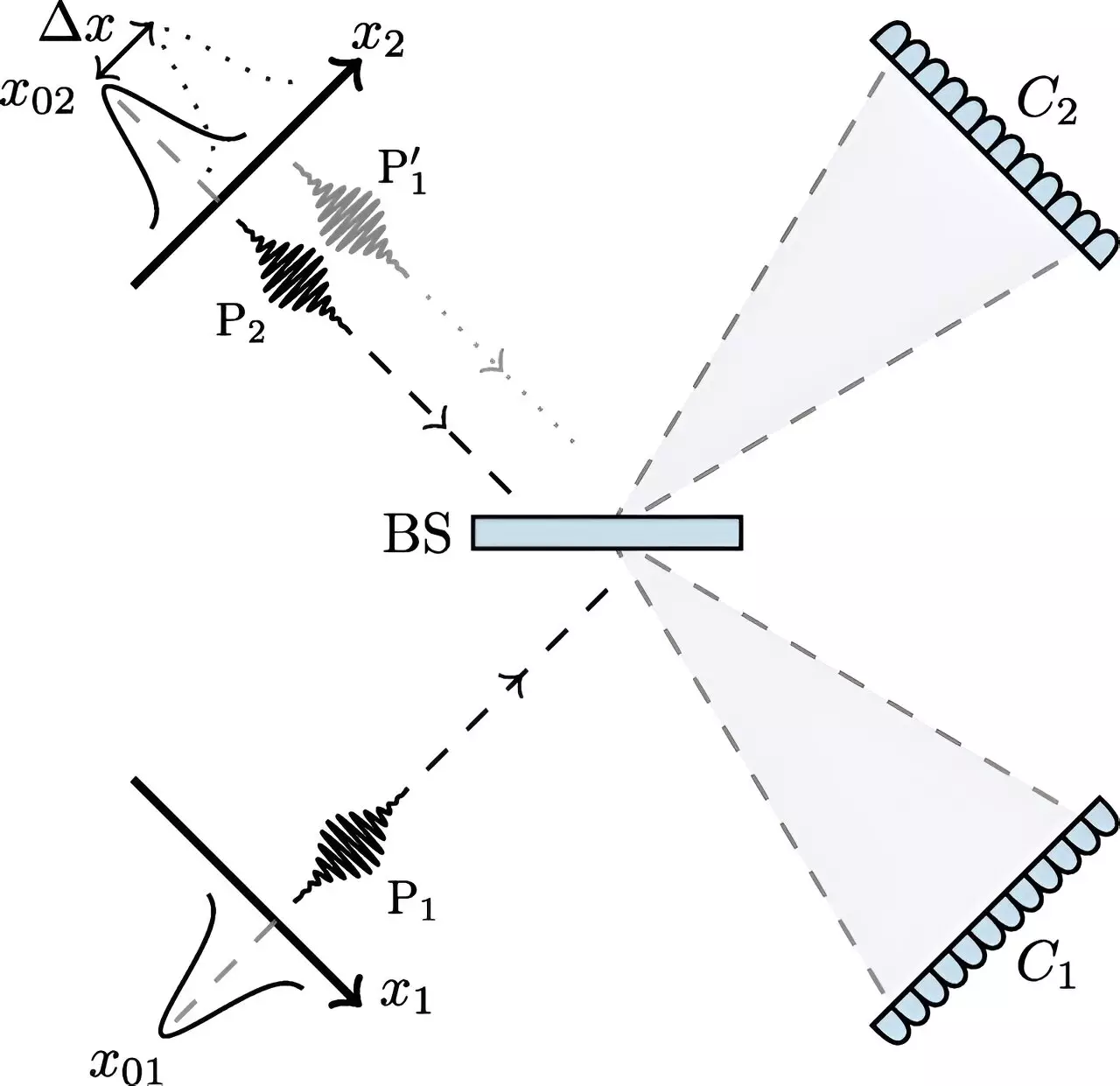In a groundbreaking development, researchers at the University of Portsmouth have introduced a quantum sensing scheme that revolutionizes the measurement of transverse displacement between interfering photons. This cutting-edge technique has the potential to significantly enhance superresolution imaging methods that utilize single-photon sources for tracking and localizing biological specimens, such as quantum dots in single-molecule localization microscopy.
Overcoming Traditional Limitations
Historically, achieving ultra-high precision in nanoscopic applications has been constrained by the limitations of conventional imaging approaches, including the diffraction limit of cameras and the use of highly magnifying objectives. However, this innovative quantum sensing scheme sidesteps these obstacles, opening up new possibilities for achieving unprecedented levels of precision in scientific research and technological advancements.
An Interferometric Breakthrough
At the core of this pioneering technique is an interferometric method that not only delivers unparalleled spatial accuracy but also maintains its efficacy irrespective of the overlap between displaced photonic wave packets. Remarkably, the precision of this approach remains only marginally impacted when dealing with photons that differ in nonspatial attributes, representing a major leap forward in quantum-enhanced spatial sensitivity.


Leave a Reply